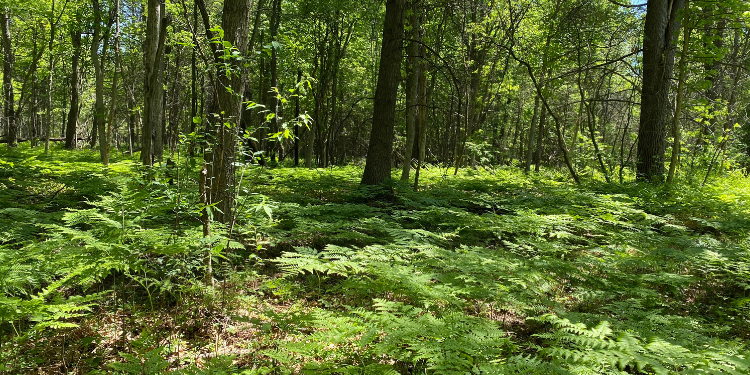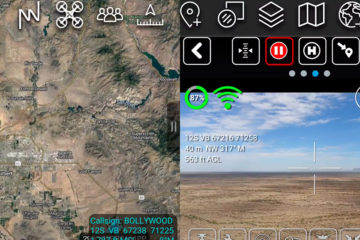Webinar | Testing goTenna Pro X Mesh Networks in a Dense Forest

Join Mike Gibbs, Senior Forward-Deployed Engineer at goTenna as he discusses his mesh network field test findings. During the test, his team was able to test goTenna Pro X mesh network range through moderate to heavy densities of vegetation at shoulder, canopy-level as well as above vegetation via a drone relay node. All measurements and observations during the field tests were conducted in an environment absent of any additional backhaul means or methods. The testing was intended to simulate an off-grid communications network for emergency personnel or military operators who typically need a form of situational awareness without relying on cell or satellite service.
The video includes the results from the following field tests:
1 | Point-to-Point: Through Ground Vegetation
2 | One-Hop Relay: Base Station / Relay
3 | Point-to-Point: goTenna with Bunker Case
4 | Drone Relay: Base Station / Relay (Drone)
Fill out the form below to view the full test results.







2 Comments
Your clearly getting NLOS reception. Why are goTenna’s called “LOS” devices?
LOS is used for planning purposes. RF in our frequency range absolutely does have some penetration characteristics, but it is difficult to be certain in fielded applications. Especially with foliage, where water is suspended in the plants themselves, and the plants can be in continuous motion in the wind, penetration is particularly difficult to plan for.
While we do enjoy some of the best penetration capabilities due to our use of narrow bandwidth, short-burst data than most other options in this potion of the spectrum, UHF is still physically a LOS limited band, especially for planning, even though penetration can be present in certain circumstances.